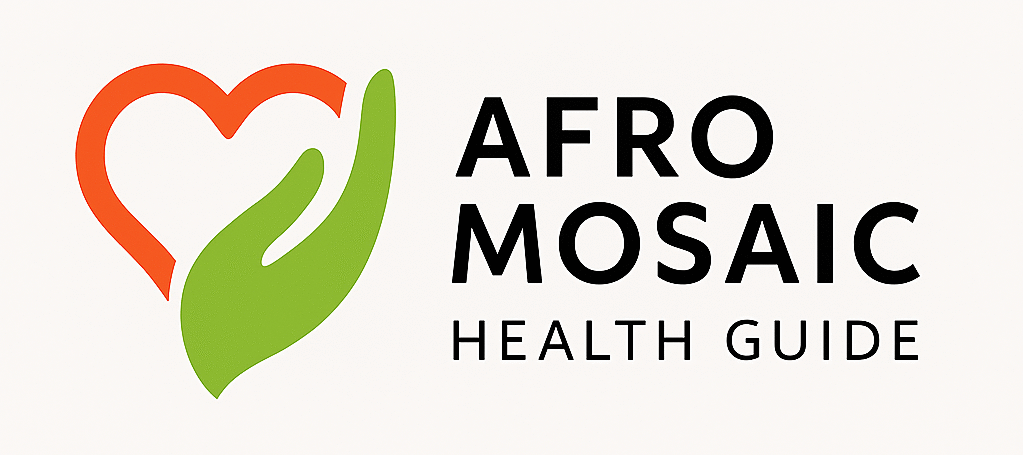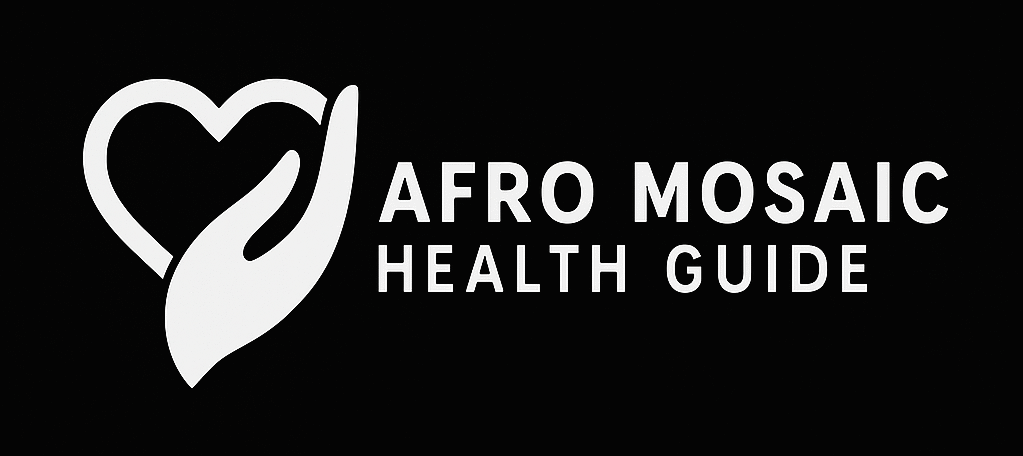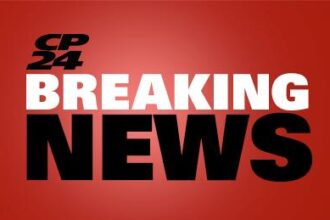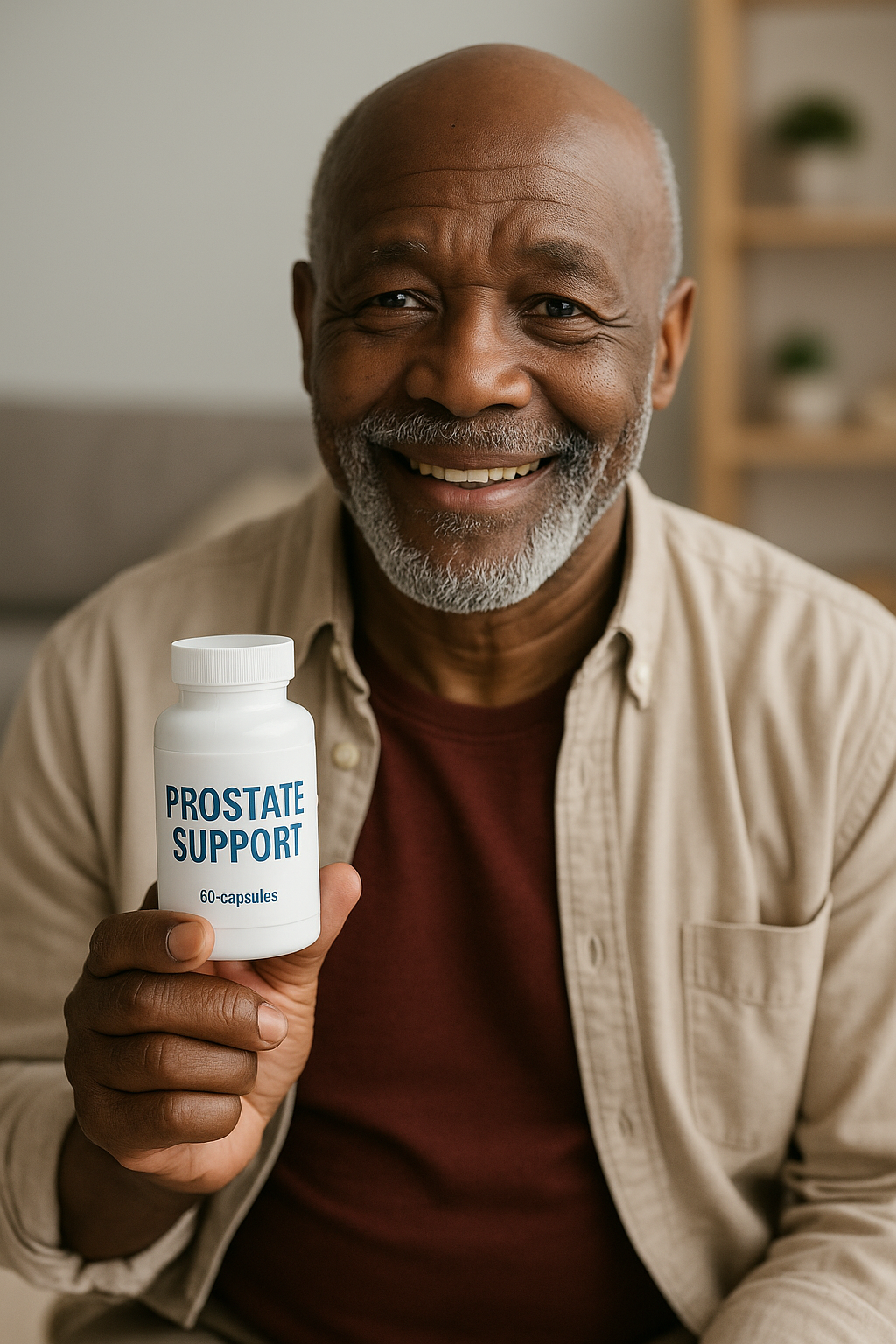Men’s Health
As a cardiologist, I’ve dedicated my career to understanding and treating the heart. Few events are as sudden and life-altering as a heart attack, medically known as a myocardial infarction. This condition can affect anyone. However, I want to speak directly to a group that faces unique challenges and risks. This group is Black male adults in America. Understanding what a heart attack is, recognizing its signs, knowing the risk factors, and taking decisive action are critical steps toward protecting your heart and your future.
What is a Heart Attack? Understanding the “Why”
A heart attack is fundamentally a plumbing problem within the heart. It occurs when the flow of oxygen-rich blood to a section of the heart muscle is severely reduced or completely cut off. Think of your coronary arteries as the vital pipelines that supply your heart muscle with the blood it needs to function. Over time, these arteries can become narrowed due to the buildup of fat, cholesterol, and other substances, forming deposits called plaques. This process is known as atherosclerosis.
Most heart attacks happen when one of these plaques ruptures or breaks open. The body’s natural response is to form a blood clot at the site of the rupture to repair the artery wall. However, this clot can grow large enough to completely block the artery, stopping blood flow downstream. When the heart muscle is starved of blood and oxygen, it begins to be damaged or die. This is a heart attack, and it is a medical emergency that requires immediate treatment to prevent permanent heart damage or death.
Heart attacks can vary in severity. A complete blockage of a major heart artery often results in what we call an ST-elevation myocardial infarction (STEMI), a very serious type of heart attack. A partial blockage may cause a non-ST-elevation myocardial infarction (NSTEMI). Not all heart attacks are caused by plaque rupture; other less common causes include a severe spasm of a coronary artery, certain infections like COVID-19, or a rare condition involving a tear inside a heart artery called spontaneous coronary artery dissection (SCAD).
Recognizing the Warning Signs: Your Body’s Alarm System
One of the most dangerous misconceptions about heart attacks is that they always present as dramatic, crushing chest pain. While chest pain is common, the symptoms can be varied and sometimes subtle. It’s crucial to listen to your body. Many people experience warning signs hours, days, or even weeks before a major event. Persistent chest pain or pressure that comes and goes and doesn’t improve with rest, a condition known as angina, can be an early red flag.
Common heart attack symptoms to watch for include:
• Chest discomfort: This is often described as pressure, tightness, squeezing, aching, or pain in the center of the chest.
• Pain that spreads: The discomfort may radiate to other areas of the upper body, such as the shoulders, arms (especially the left arm), back, neck, jaw, or even the teeth and upper abdomen.
• Shortness of breath: You may feel breathless with or without any chest discomfort.
• Other physical signs: These can include breaking out in a cold sweat, nausea, lightheadedness, sudden dizziness, or unusual fatigue. Some people might mistake their symptoms for heartburn or indigestion.
It is vital to understand that symptoms can differ. Some individuals experience only mild symptoms, while others have severe ones, and some may have no symptoms at all, suffering what’s known as a silent heart attack. If you think you or someone else is having a heart attack, do not hesitate. Call 911 immediately.
Why Every Second Counts: The Emergency Response
In the event of a suspected heart attack, time is muscle. The longer the blood flow is blocked, the more heart tissue is damaged or dies. This is why immediate medical intervention is paramount.
Here is the action plan you must follow:
1. Call 911 or your local emergency number without delay. Do not attempt to drive yourself to the hospital unless there is absolutely no other option. Paramedics can begin life-saving treatment on the way to the hospital.
2. While waiting for help, if you have been prescribed nitroglycerin by your doctor, take it as instructed.
3. Emergency personnel may instruct you to chew an aspirin. Aspirin can help by preventing further blood clotting and may reduce the extent of heart damage. Do not take aspirin without being told to do so by a medical professional, as it can interact with other medications. Call for help first, always.
If you witness someone collapse and suspect a heart attack, call 911, check for breathing and a pulse, and if they are unresponsive, begin CPR. If you are not trained, perform hands-only CPR by pushing hard and fast in the center of the chest at a rate of 100 to 120 compressions per minute. Your quick action could save a life.
Risk Factors: Know Your Numbers, Know Your Risks
As Black men, you are often at a higher risk for many of the underlying conditions that lead to heart attacks. This is due to a complex interplay of genetics, lifestyle, and socioeconomic factors that are beyond the scope of this article but are critically important. However, what is within your control is managing the known risk factors.
Key risk factors for a heart attack include:
• High Blood Pressure (Hypertension): Over time, high blood pressure damages your arteries, making them more susceptible to plaque buildup.
• High Cholesterol: High levels of “bad” (LDL) cholesterol contribute directly to the formation of artery-clogging plaques, while low levels of “good” (HDL) cholesterol reduce your body’s ability to clear it away. High triglycerides, another type of fat in the blood, also increase risk.
• Diabetes: High blood sugar damages blood vessels and significantly elevates the risk of heart disease.
• Tobacco Use: Smoking and exposure to secondhand smoke are major contributors to heart disease. If you smoke, quitting is the single most important step you can take for your heart health.
• Obesity: Being overweight is linked to high blood pressure, diabetes, and high cholesterol.
• Family History: If a close male relative (father, brother) had a heart attack before age 55, or a female relative (mother, sister) before age 65, your own risk is increased.
• Lifestyle Factors: A sedentary lifestyle, an unhealthy diet high in processed foods and saturated fats, and chronic stress all increase your risk.
Having multiple risk factors compounds the danger. A combination of conditions like high blood pressure, high blood sugar, excess body fat around the waist, and abnormal cholesterol levels is known as metabolic syndrome, which doubles your risk for heart disease.
Prevention is Power: Taking Control of Your Heart Health
The good news is that it’s never too late to take steps to prevent a heart attack, even if you’ve already had one. Prevention is about empowerment and making conscious choices for a longer, healthier life.
Here are the cornerstones of heart attack prevention:
• Adopt a Heart-Healthy Lifestyle: This is your first line of defense. Focus on a diet rich in fruits, vegetables, and fiber while limiting sugars, salt, and unhealthy fats. Get regular physical activity and find healthy ways to manage stress.
• Manage Your Health Conditions: Work with your healthcare provider to control high blood pressure, diabetes, and high cholesterol. This often involves a combination of lifestyle changes and medication.
• Take Medications as Directed: If you are prescribed medications for your heart health, take them consistently as instructed by your doctor. These drugs are prescribed to protect you.
• Know Your Numbers: Regular checkups are essential. Be proactive and ask your doctor about your blood pressure, cholesterol levels, and blood sugar.
A heart attack can lead to serious complications, including life-threatening irregular heart rhythms (arrhythmias), heart failure (where the damaged heart can’t pump effectively), and sudden cardiac arrest. By taking control of your risk factors, you are not just preventing a heart attack—you are safeguarding your quality of life for years to come. Your heart is your engine. Protect it, respect it, and give it the care it deserves.















